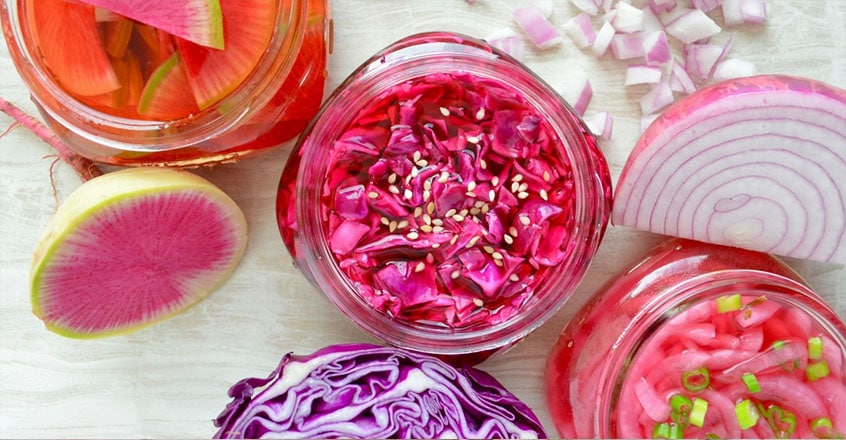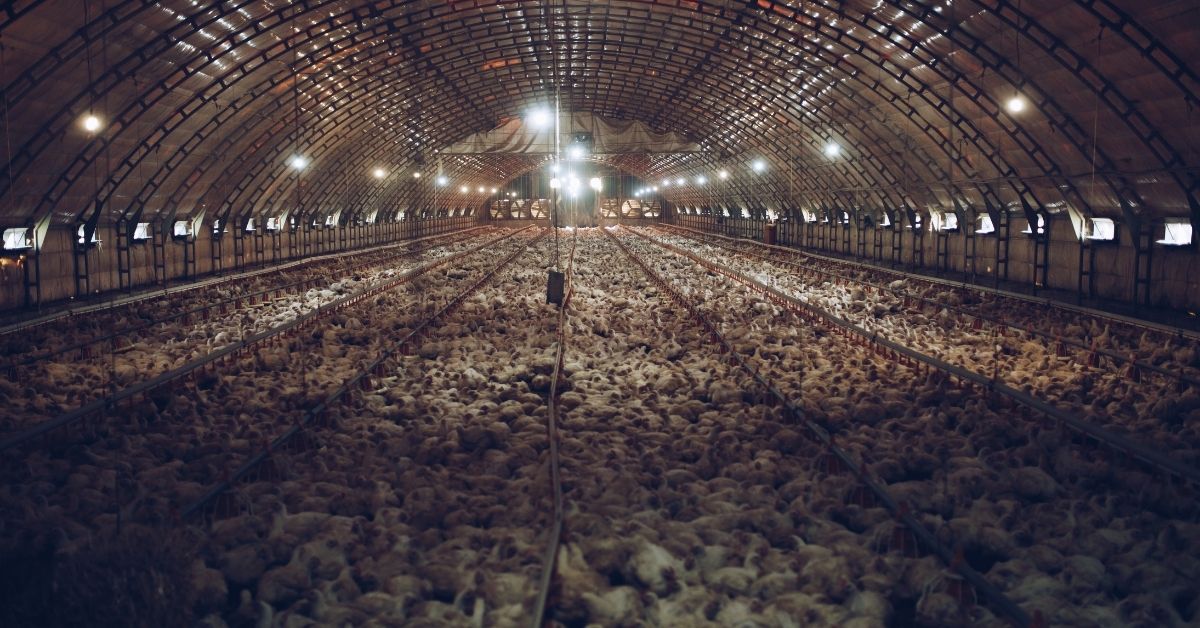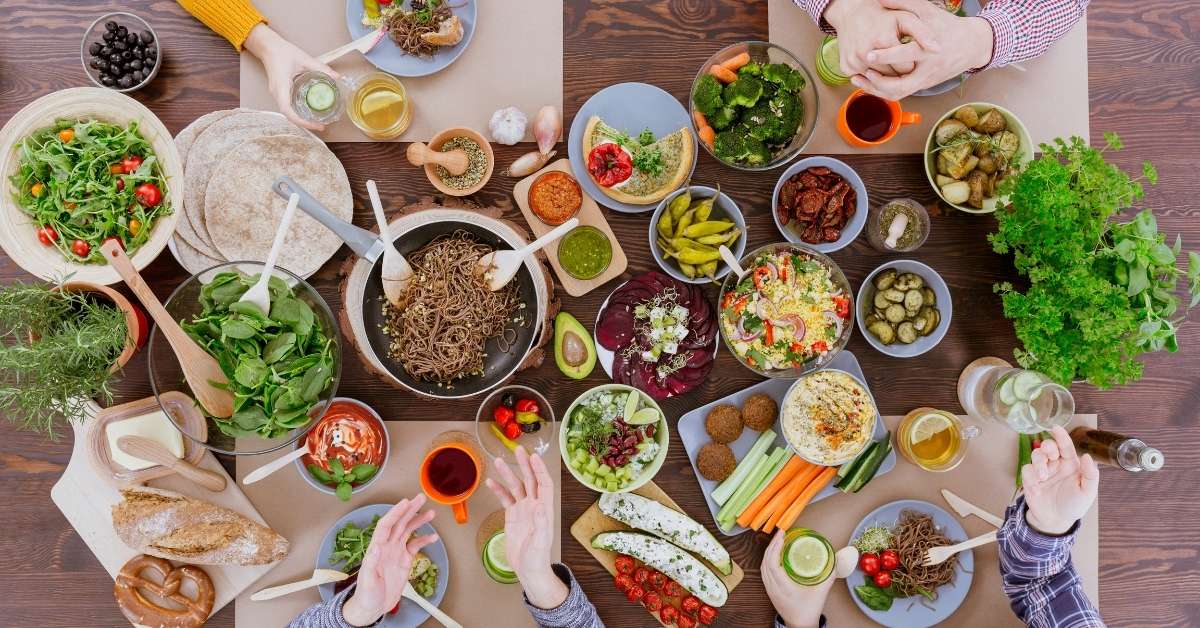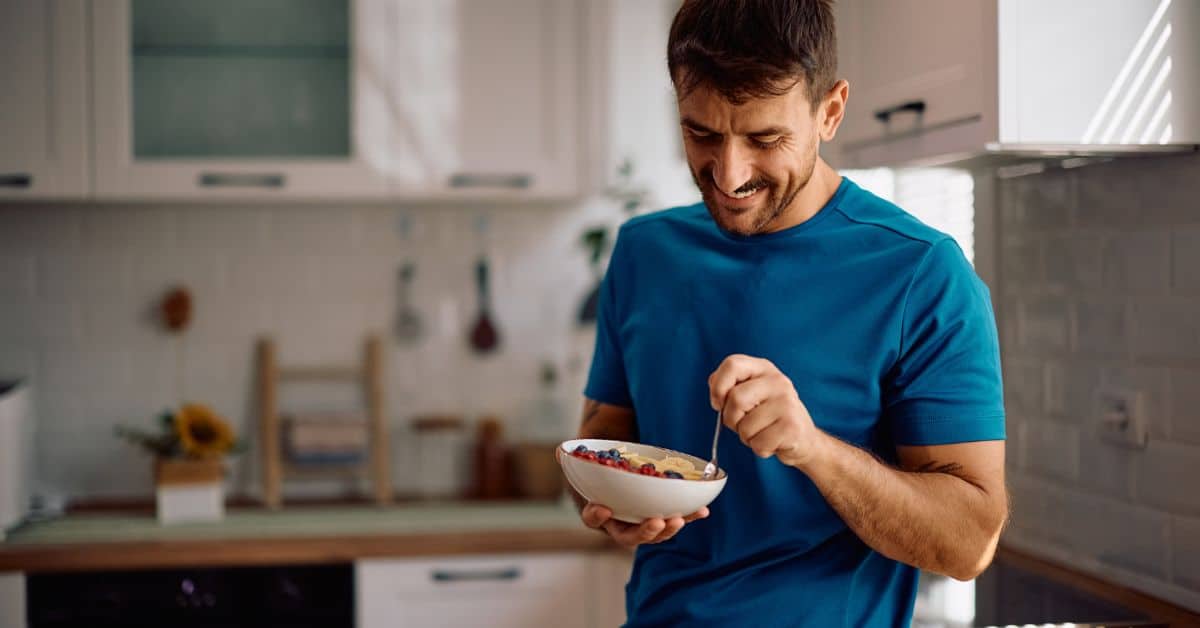
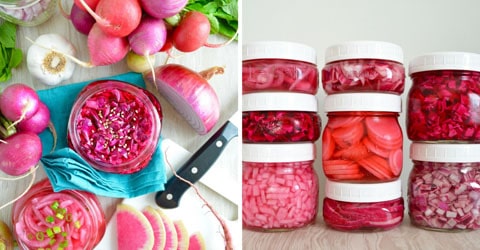
Learn the simple secret to making the most vibrant condiments in your fridge! I’m going to teach you everything I know about two-ingredient quick-pickled veggies.
There’s one question everyone asks when I post a fridge pic: What are those pink veggies up top?
I get it; my eyes always jump to pink things too!
When I started my whole food, plant-based, nutritarian journey, I really wanted to make pretty food because (and I’ve said this before) I have a serious case of eat-with-my-eyes-itis.
In 2014, I was lucky enough to come across an amazing vegan account on Instagram called Stuff on Toast (who I’ve followed ever since). Stuff on Toast taught me this super-simple method for creating the most gorgeous quick-pickled veggies — right in your fridge — and I’m eternally grateful!
After some tinkering and experimenting, I found out that you don’t need to add any salt, sugar, spices, or herbs to make an incredible-tasting condiment!
And that’s when the obsession became something I make every. single. week. as part of my weekly batch prepping program.
Now I’m sharing these gems with you too!

Super Cheap, Super Simple, Super Healthy, and Incredibly Beautiful
You can make these fridge pickles right now if you have:
- Some vinegar
- An onion or red cabbage or radishes
- A container with a lid
And I suppose that’s the reason I never thought to make this into a real “recipe.”
I have included a printable guide as well, but this isn’t like a traditional recipe at all.
It’s better described as learning a simple technique with loads of gorgeous pink and purple photos along the way — because everyone needs more pink and purple photos in their life.
Here we go…

Contain Yourself
These refrigerator pickles are not picky.
You can literally make these in just about anything you have as long as the vessel has a tight-fitting lid. Plastic containers, glass snap-lock containers, even washed-out hummus or miso paste tubs!
But, you might have noticed, I’m kinda partial to one container in particular…
What can I say? Wide-mouth Mason jars are a girl’s best friend, especially for these refrigerator pickles!
So, grab your container and let’s get going!

You’re Going to Need a Bigger Bottle of Vinegar
After you make your first batch of refrigerator pickles and taste that tart, bright, crunchy goodness, you’re only going to be thinking one thing: I need to get a bigger bottle of vinegar.
Vinegar does ALL the magic here.
I recommend you use white vinegar because it has no additional flavor like an apple cider, balsamic, or red wine variety would. Rice vinegar is my second recommendation if you don’t have white.
It’s astonishing to me that adding this one simple ingredient to chopped veggies can absolutely transform them.
And that’s really all there is to this thing, folks:
You’re going to chop up red onion, red cabbage, or radishes, fill your vessel with them, cover them with white vinegar, secure with a tight-fitting lid, and let them hang out in the fridge.
And that brings me to the next point: timing…

How Long in the Fridge?
Above you’ll see pickled red onions in three different stages.
I’ve sampled these refrigerator pickles at various stages, and I prefer them after at least 3 days’ marination time. Also, they can last for WEEKS in the fridge, getting better with time!
As they marinate, their taste changes, especially the onions. The onion flavor mellows considerably compared to a fresh-cut onion. That’s why my husband prefers these on his sandwiches at work (cause nobody likes onion-stink-breath at work meetings, amiright?).
So, the peak window for your refrigerator pickles is 3 days to 2 weeks.
After 2 weeks, the vinegar gets a bit cloudy (with the onions, especially) and the veggies start to degrade a little bit too much for my liking.

Let’s Talk Color
As your refrigerator pickles marinate, they also change color.
RED ONION: You’ll get varying levels of pink depending on how much pigment your onions have to begin with. Sometimes I get a very light-pink pickle and other times a very vibrant and saturated pink. Try to look for red onions with strong purple-colored outer layers.
RED CABBAGE: Of all the veggies you can pickle, red cabbage has the most consistent color results. Since every leaf is deeply pigmented, once they interact with the vinegar, the color starts to immediately change from purple to a deep magenta.
RADISHES: There are a lot of radish varieties, as you can see here. My favorite for pickling are the round “Easter Egg” radishes you commonly find in the produce aisle. After marinating, the radishes lose the pigment from their skin and turn a bright pinkish-red.
For this post, I experimented with pickling watermelon radishes, pictured above. I was rather disappointed that their lovely pink pigment turns red almost instantly after being exposed to the vinegar. They tasted great (much better than in their raw state), but considering their higher price tag, I recommend sticking with the round radishes instead.

A Few More Notes For You on Refrigerator Pickles
Can we just stop for a sec and admire how gorgeous these pickles are?
From left to right: pickled red onion (on the lighter-pink side), pickled radishes (watermelon radish on top), more pickled red onions (on the darker-pigmented side), and pickled red cabbage.
TASTE: All varieties of these fridge pickles are tart. If you’re not a fan of the taste of vinegar, then this is definitely not the condiment for you! The veggies retain their crisp and crunchy texture, and their natural flavors mellow out a bit.
HERBS & SPICES: You can definitely add any herbs and spices you love and get creative with flavor combinations too! In my premium ebook, I include spice and herb blends for refrigerator pickles that complement the cuisine themes for each week.
USES: My favorite way to use refrigerator pickles is on my salads! They add a lovely tart brightness to the rest of the veggies in my bowl. Other ways to use them: in sandwiches, in pasta salad, on avocado toast, and as a pizza or flatbread topping!
I hope you enjoyed learning how to make one of my all-time-favorite condiments!
This article was reprinted with permission from hellonutritarian.com.
Copyright 2025 Center for Nutrition Studies. All rights reserved.
Deepen Your Knowledge With Our
Plant-Based Nutrition
Certificate
Plant-Based Nutrition Certificate
- 23,000+ students
- 100% online, learn at your own pace
- No prerequisites
- Continuing education credits




